Uddana Veerabhadra temple is an ancient shrine in Hampi that is known for its religious significance. The temple has the largest statue of the demon king Veerabhadra, built during the Vijayanagara period, in Hampi.
Shrine’s History
The Uddana Veerabhadra Temple dates back to the era of the Vijayanagara Empire. It was consecrated by Dalavayi Jangamayya in the year 1545 AD. The temple is dedicated to Veerabhadra, an incarnation of Lord Shiva. Veerabhadra is a cult deity who represents the ferocious form of Lord Shiva. The presence of the Uddana Veerabhadra Temple in Hampi points towards the fact that during the Vijayanagara days the people of Hampi used to worship the Gods in their ferocious forms as well. In fact, the ruins of Hampi provide plenty of evidence about the existence of this cult. Veerabhadra is also called Muddu Veeranna in the local dialect. Hence, the temple is also known as Mudduviranna temple.
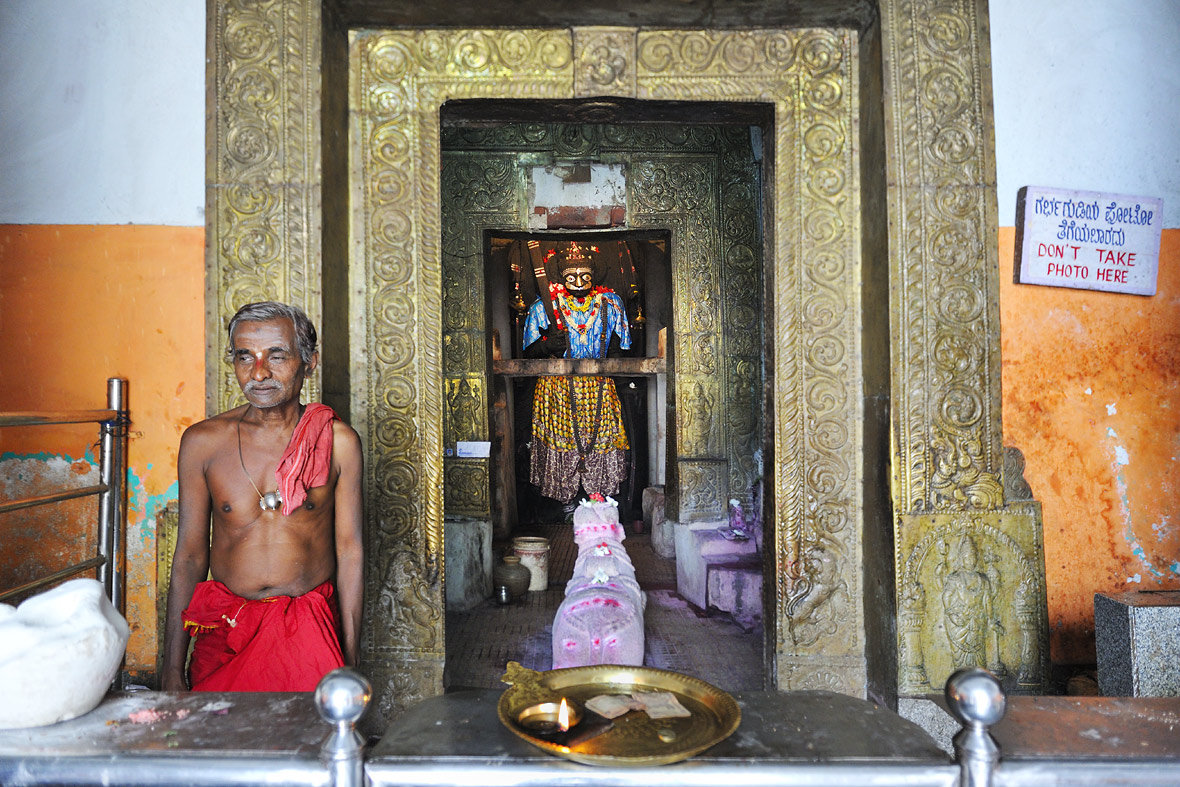
Legends Associated with This Shrine
There is an interesting legend associated with the origin of the cult deity Veerabhadra. Legend has it that King Daksha had a beautiful daughter named Sati. She was an ardent devotee of Lord Shiva and married him against the wishes of her father. Daksha did not approve of the marriage. Once Daksha held a special occasion and invited all the Gods and sages to the event except his daughter Sati and her husband Shiva.
When Sati arrived at the event without invitation, Daksha insulted Sati and abused Shiva in front of Sati and all other guests. Sati was unable to bear the insults and abuses heaped on her husband. She committed suicide by jumping into the sacrificial fire at the venue. On hearing the news of Satis death Shiva became enraged. He plucked out a lock of his matted hair and threw it on the ground with immense anger. Out of that lock of hair were born the demon god Veerabhadra and Goddess Kali. Shivas anger led to unleashing of terror at Dakshas palace and ultimately Daksha was beheaded. Even the Gods of the heaven became afraid of Shivas fury and appealed to him for mercy.
They requested Shiva to bring back Daksha to life. Shiva relented and replaced Dakshas head with that of a goat and brought him back to life. After this incident, Daksha turned into a devotee of Shiva. According to mythology, Veerabhadra is an incarnation of Lord Shiva himself and Kali are his consort. That is why a section of the people worships Veerabhadra as a form of Shiva.
Architectural Relevance of This Shrine
The Uddana Veerabhadra Temple is built in the Vijayanagara style of architecture. Though it is not as grand as some of the other famous temples of Hampi, it draws a large number of devotees due to its religious importance. The temple complex comprises of a large garbhagriha, an antarala and a pillared mukhamantapa. The temple has simple doors painted in saffron colour. The main deity of the temple, Veerabhadra, is 16 feet high well-sculpted image of Veerabhadra.
There is no other image of Veerabhadra in Hampi built during the Vijayanagara period that is larger than this image. This image of Veerabhadra has four hands. The upper hands bear bow and arrow and the lower hands bear sword and shield. The image depicts the warrior nature of the demon king.
Shrine’s Map Location and How to Go There
By Road
Hampi has a good road network and is well connected to several places by the road network. There are a number of buses that ply between Hampi and several major towns and cities in Karnataka. Visitors can also hire private cars, cabs or other vehicles from major cities like Bengaluru or Mysuru to reach Hampi.
By Rail
The Nearest railway station is Hosapete
By Air
The Nearest Airport is Ballari.
Shrine Timings
9:00 AM to 5:30 PM
Events Celebrated at This Shrine
Shivratri
Extra Information About this Shrine
A few unique things about Uddana Veerabhadra Temple, Hampi There are a few unique facts to note about the Uddana Veerabhadra Temple. They are: The temple has a small image of goat-headed Daksha placed near the main image of Veerabhadra. The temple has the unique Sarvanga Linga installed inside the sanctum sanctorum. The priests who perform puja at this temple belong to the Lingayath community, which is a deviation from the tradition of the Brahmin community performing the puja rites everywhere.

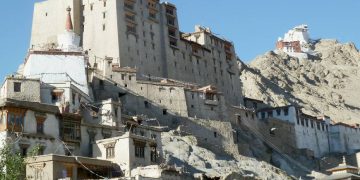

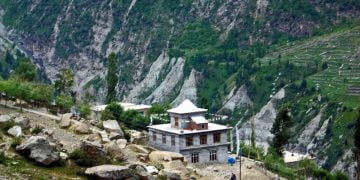
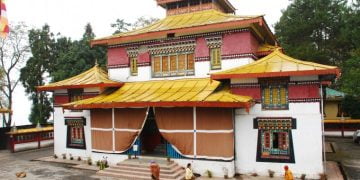

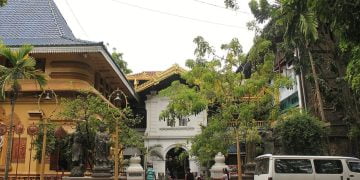

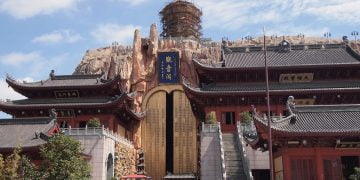
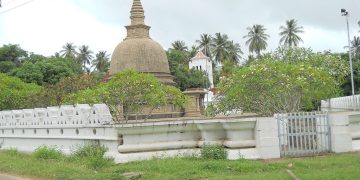
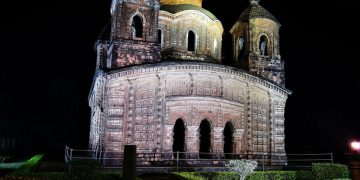
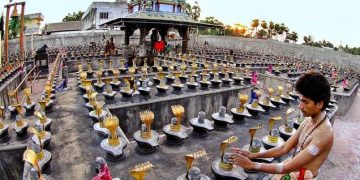

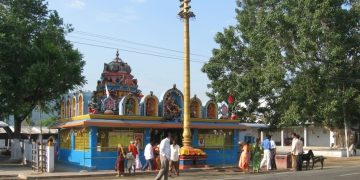
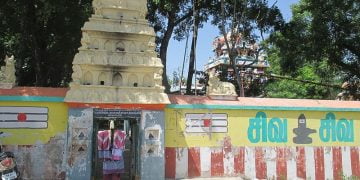
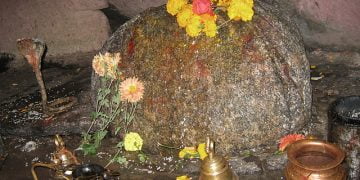
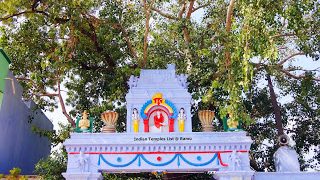
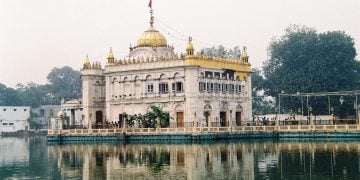
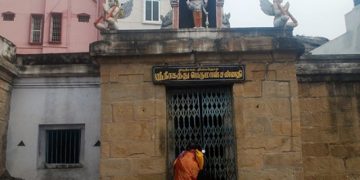
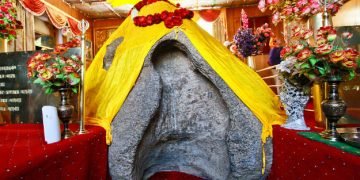
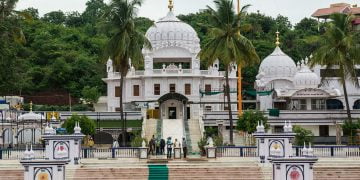

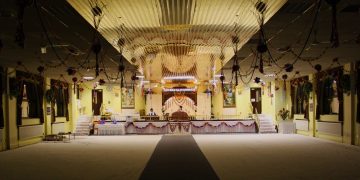
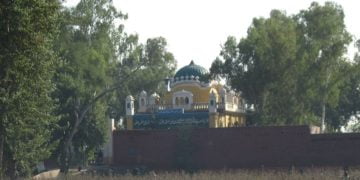
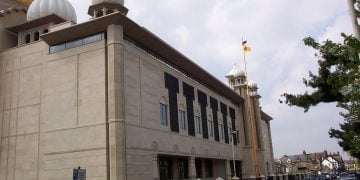

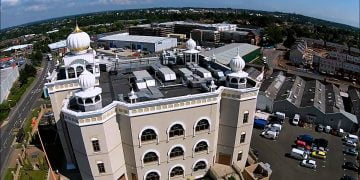

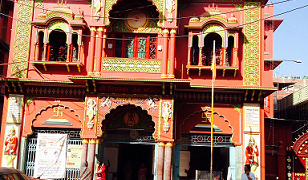
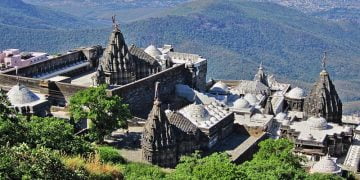
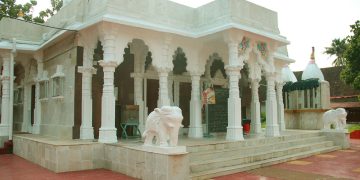
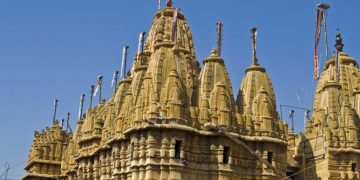
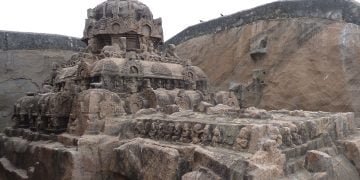
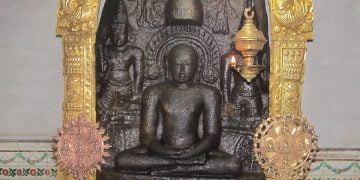
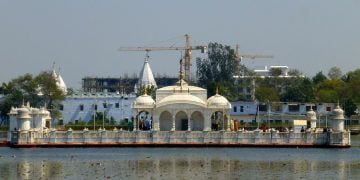

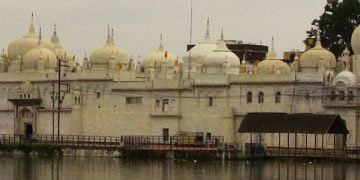

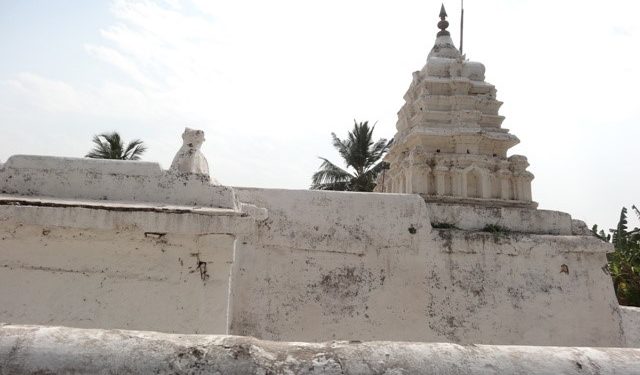

Discussion about this post